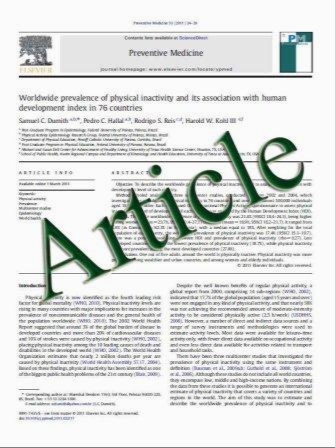Clinical characteristics and long-term outcome of patients with POEMS syndrome in China
- نوع فایل : کتاب
- زبان : انگلیسی
- مؤلف : Jian Li & Dao-Bin Zhou & Zhen Huang & Li Jiao & Ming-Hui Duan &Wei Zhang & Yong-Qiang Zhao & Ti Shen
- چاپ و سال / کشور: 2011
Description
POEMS syndrome is a rare plasma cell dyscrasia characterized by polyneuropathy, organomegaly, endocrinopathy, M protein, and skin changes. This study reviewed the clinical characteristics and long-term outcome of 99 consecutive Chinese patients with newly diagnosed POEMS syndrome in a single institute. The median age of 99 patients was 45 years, and the ratio of men/women was 1.4. The median time from onset of symptoms to diagnosis was 18 months. The typical five features of peripheral neuropathy, organomegaly, endocrinopathy, M protein, and skin change remained to be essential for patients with POEMS syndrome in China. The unusual features like pulmonary hypertension (36%) and renal impairment (37%) were not uncommon in China. Eighty-three percent patientswere alive after follow-up time of 25 months, and 10% patients had survived more than 60 months. Melphalan-based therapy (OR, 0.076; 95% CI, 0.02–0.285) and normal renal function (OR, 0.246; 95% CI, 0.076–0.802) were independent prognostic factors for the survival of patients with POEMS syndrome. In conclusion, POEMS syndrome in Chinese patients was a multi-systemic disease with clinical features similar to non-Chinese ones. Active therapy can effectively improve the prognosis of patients with POEMS syndrome.
Ann Hematol (2011) 90:819–826 Received: 19 August 2010 / Accepted: 22 December 2010 / Published online: 8 January 2011


